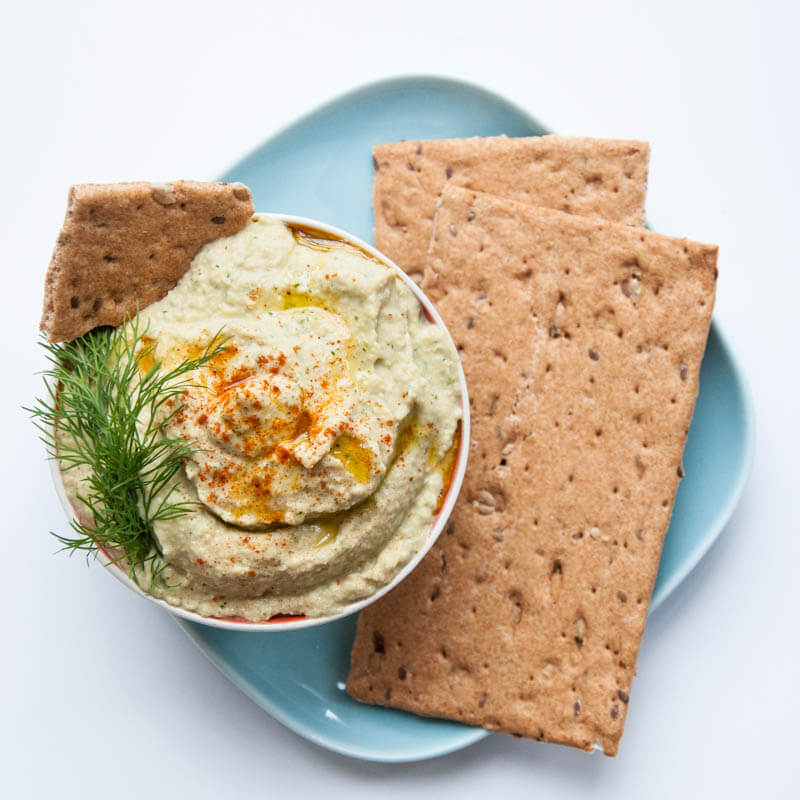Looking through my "thrifty seafood planner", I wondered what all I could cook this week. I also did a search on Pinterest. What I have decided to make this week are crab cakes with salad. I will save a bit of the imitation crab to add to a gumbo recipe since I have some left over tilapia in the freezer.
Just to spice it up a bit, I will also make a cucumber sunomono. It looks and sounds yummy.
My planners have been by far one of the best things I've created because the planners allow me to focus my attention (and money) to maximize time and planning.
The only things I will need to purchase are cucumbers and bagged gumbo veggies. I have the rest of these things on hand already (or left over). Now all I need to do is fill in the rest of my weekly menu, complete my shopping list and get going.
Not only will I make cucumber sunomono, I will also make cucumber humus and a fresh diced cucumber / onion salad. Yummy!!!
It takes very little extra work to eat healthy and frugally. You can't leave things to chance until you retrain your mind and habits. Until that, spend the extra time planning.

